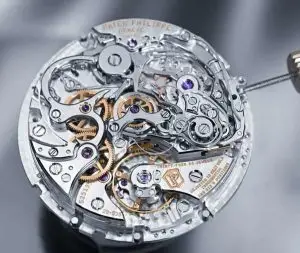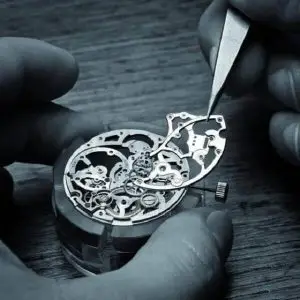When exploring the world of replica watches, one question often surfaces among buyers—especially first-timers: Is there a big quality difference between replica watches with Japanese movements and those with Swiss movements? The short answer is: Yes—but it’s not as simple as one being “good” and the other being “bad.” Instead, it comes down to your priorities, budget, and expectations from a replica watch.
Let’s break it down.
What Are “Japanese” and “Swiss” Movements in Replica Watches?
In the replica watch world, when you hear terms like “Japanese movement” or “Swiss movement,” they don’t always mean what they would in the luxury watch industry.
Japanese movement replicas often use automatic or quartz calibers made by companies like Miyota or Seiko. These movements are widely respected in the mainstream watch industry for being affordable, reliable, and robust.
Swiss movement replicas usually refer to clones or genuine ETA/Valjoux-based calibers or high-end Swiss-style replicas like “Swiss ETA 2824” or “Clone 4130.” These aim to replicate the movement of the original luxury brand in both function and appearance.
Note: In many cases, “Swiss movement” in replicas doesn’t always mean it came from Switzerland—it may be a high-end clone with Swiss-like specs.
1. Accuracy and Performance
Swiss Movement Replicas tend to be more accurate, with smoother sweep of the second hand—especially in automatic chronographs like the Rolex Daytona clones.
Japanese Movement Replicas offer decent performance but can lag slightly in accuracy or power reserve depending on the caliber used.
If you’re someone who notices a ticking second hand or is obsessed with timekeeping precision, Swiss-style replicas will likely impress you more.
2. Smoothness of the Second Hand
A Swiss clone movement, especially ones based on Rolex’s 3135 or 4130, can replicate the buttery-smooth sweep of the original very convincingly.
A Japanese automatic movement typically ticks at 21,600 bph vs. 28,800 bph on many Swiss models. This means the second hand might stutter slightly compared to its Swiss counterpart.
3. Build Quality and Durability
Both movement types are generally durable, especially in mid-to-high tier replica builds. But Swiss movements often use better materials and tighter tolerances, which translates to a more refined experience overall.
However, Japanese movements are well-known for long-term reliability, especially in quartz versions, and can take a bit more abuse without requiring regular servicing.
4. Visual Realism
If your goal is to get a replica that closely mimics the original inside and out, Swiss movement watches take the win. Many Swiss clones now even replicate rotor engravings and bridge layouts.
Japanese movement replicas often skip on those fine internal aesthetics and focus more on external looks.
Price Differences
This is a big one. Swiss movement replicas are typically more expensive, sometimes by hundreds of dollars.
A Japanese movement Rolex Submariner replica might cost you around $200–$300.
A Swiss movement version or 3135 clone could run upwards of $500–$800.
There is a noticeable difference between Japanese and Swiss movements in the replica watch world—but that doesn’t make one universally “better.” Instead, it’s about finding the right fit for your needs, budget, and expectations.
For many first-time buyers, a high-quality replica with a Japanese movement is more than enough—offering a great mix of reliability, style, and affordability. But for enthusiasts or collectors who want that near-perfect 1:1 feel and function, Swiss movement replicas deliver a more immersive experience.
At the end of the day, both have their place—and if you’re buying from a trusted source like wattyandmeg.com, either choice can give you a satisfying entry into the world of luxury-inspired timepieces.


